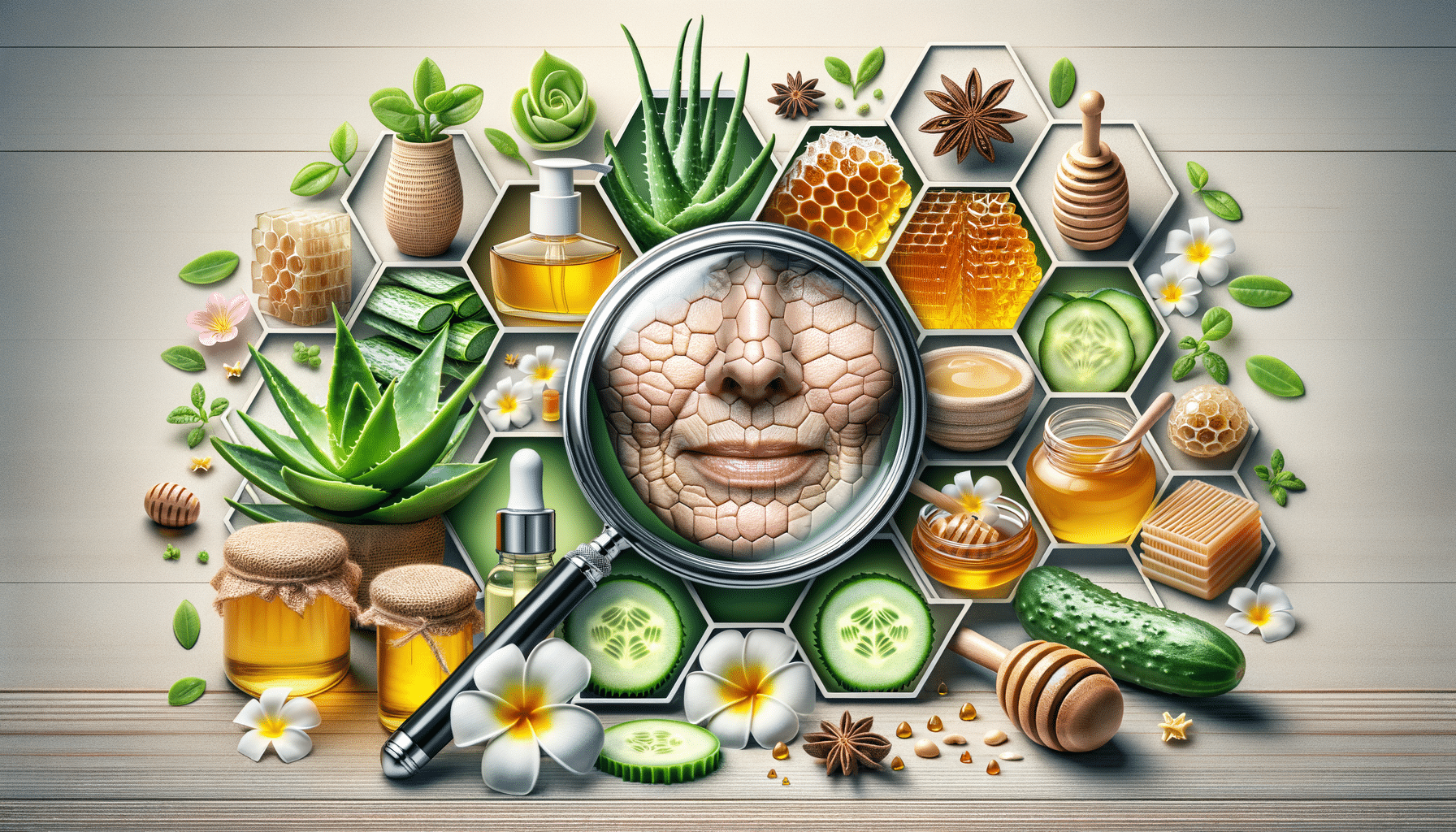
Multimasking: The Trend Everyone’s Talking About
Multimasking has emerged as a dynamic trend in the beauty and skincare world, capturing the attention of enthusiasts and experts alike. This innovative approach to skincare involves applying multiple masks to different areas of the face simultaneously, catering to the unique needs of each zone.
Understanding Multimasking
Multimasking is more than just a buzzword; it’s a tailored skincare technique that allows individuals to address diverse skin concerns in one sitting. By using different masks on various parts of the face, you can target specific issues like dryness, oiliness, or dullness with precision.
Why Multimasking is Gaining Popularity
- Efficient Skincare: Multimasking saves time by treating multiple skin issues at once.
- Customizable Care: Tailor your routine to your skin’s unique needs.
- Effective Results: Targeted treatments often lead to more visible improvements.
According to a survey conducted by a renowned skincare brand, over 60% of respondents have tried multimasking and reported noticeable improvements in their skin’s appearance.
Expert Insights on Multimasking
Dermatologist Dr. Emily Tran emphasizes, “Multimasking allows for a personalized approach to skincare, which is crucial for achieving balanced and healthy skin.” Her insights highlight the importance of understanding your skin type and choosing masks that complement each other.
How to Multimask Effectively
- Identify Your Skin’s Needs: Before you start, assess the different areas of your face to determine what they require.
- Select the Right Masks: Use hydrating masks for dry areas, clay masks for oily zones, and brightening masks for dull spots.
- Apply Strategically: Use a brush or your fingers to apply each mask to its designated area.
- Follow Instructions: Leave each mask on for the recommended time, usually around 10-15 minutes.
Consider using a sheet mask over your multimasking application to lock in moisture and enhance the effects of the masks.
Personal Experiences with Multimasking
Jessica, a skincare enthusiast, shares her experience: “I struggled with combination skin, and multimasking has been a game-changer. My forehead is less oily, and my cheeks feel more hydrated.” Her story illustrates how effective multimasking can be for addressing specific skin concerns.
Comparison of Popular Masks for Multimasking
| Mask Type | Target Area | Benefits | Key Ingredients |
|---|---|---|---|
| Clay Mask | T-Zone | Absorbs excess oil | Kaolin, Bentonite |
| Hydrating Mask | Cheeks | Boosts moisture | Hyaluronic Acid, Aloe Vera |
| Brightening Mask | Forehead | Improves radiance | Vitamin C, Niacinamide |
| Exfoliating Mask | Nose | Removes dead skin | Alpha Hydroxy Acids |
| Soothing Mask | Jawline | Reduces redness | Chamomile, Green Tea |
| Firming Mask | Neck | Tightens skin | Collagen, Peptides |
| Anti-Aging Mask | Under Eyes | Reduces fine lines | Retinol, Peptides |
| Detoxifying Mask | Chin | Purifies pores | Charcoal, Salicylic Acid |
Frequently Asked Questions
Can I use any type of mask for multimasking?
It’s important to choose masks that suit your skin type and address specific concerns. Avoid harsh masks that might irritate sensitive areas.
How often should I multimask?
For optimal results, multimask once or twice a week, depending on your skin’s needs.
Conclusion
Multimasking offers a personalized and efficient approach to skincare, allowing you to address multiple concerns at once. By understanding your skin’s unique needs and selecting the right masks, you can enhance your skincare routine and achieve balanced, glowing skin. Ready to give multimasking a try? Gather your favorite masks and start experimenting today!


